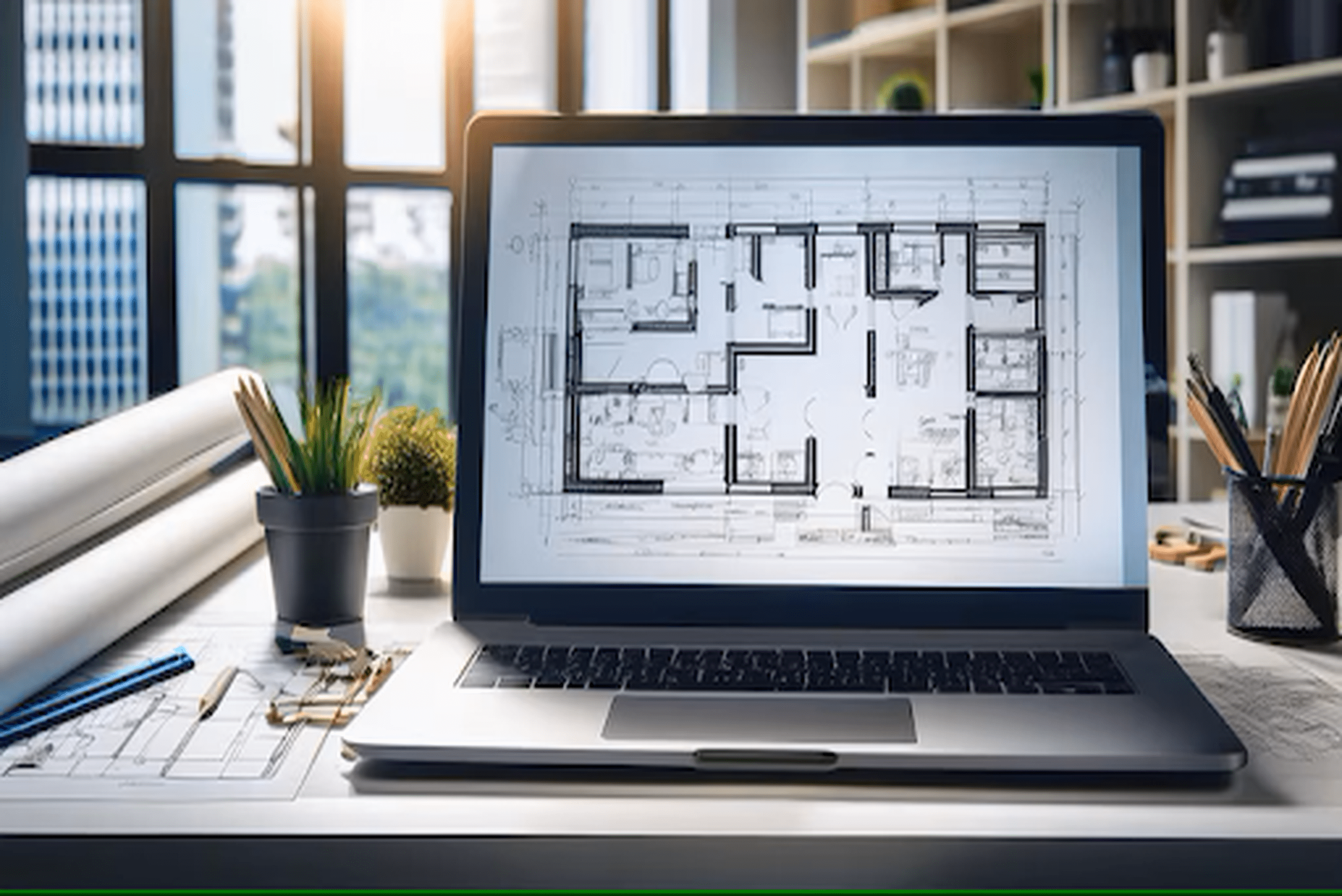Drawings are the main focus when utilizing CAD for construction design. The main goal of BIM (Building Information Modeling) is to create a model of the building, from which drawings can be produced.
Autodesk Revit is a type of BIM design software used in the architectural, engineering, and construction (AEC) industry. Revit goes beyond basic 2D drawings and allows for the 3D modeling and documentation of structural, architectural, and MEP systems throughout the entire lifecycle of a project, from initial design phases to completion.
BIM tools like Revit are increasingly adopted across the industry. Revit, in particular, is widely used for daily 3D modeling processes by structural engineers, architects, and MEP professionals. Other 2D drawing software, such as AutoCAD, also remains popular.
There are many advantages to BIM, and Revit stands out as one of the best tools for maintaining and generating building models. This post will outline the top ten advantages of Revit along with its main features.
Benefits of Revit
1. Parametric Modeling
The term “parametric modeling” refers to the process of creating 3D models using a set of guidelines. From title blocks to 3D views to architectural elements like walls or floors, everything in Revit belongs to a “family”; some are created from scratch, some are available through libraries, and some are integrated into the program. By giving 2D or 3D data dimensions and properties, a family can be made. A Revit user can then alter these parameters (for instance, a door family’s height, breadth, or thickness).
2. Automation
All of the information required to create a Revit model is contained in a single database. This implies that the anytime you make changes to the model, the database is updated. The entire model retains the modifications, allowing for automation and improving the efficiency of the building design process (as well as removing some of the effort that comes with “chasing” changes around our many project files).
3. Collaboration
In contrast to AutoCAD, which only permits one user to make changes to a.dwg file at a time, Revit allows several users to work in the same model simultaneously. This is one of the more noticeable contrasts between the two programs. Users can send their model modifications to a “Central” model and pull changes made by colleagues from the same “Central” model into their “Local” copy of the model by utilizing Revit’s “Sync with Central” function. The project team may fully collaborate thanks to this procedure.
Collaboration between various teams and disciplines is further made easier by Revit’s compatibility with other Autodesk programs, such as AutoCAD or FormIt, as well as the numerous plug-ins being developed by other software developers.
4. Coordination
Revit offers several helpful capabilities for coordinating various models, file kinds, disciplines, and trades, whether working with models as part of the architectural design process or conducting constructability evaluations from users in the construction industry. Users can utilize Revit’s tools to transfer elements from a linked model into their base model, monitor changes from a linked model, examine alerts of those changes, and let other teams working on the same project know which items need to be resolved.
5. Scheduling
Similar to how a Revit model can serve as a single database containing all of the model’s data, scheduling in Revit reduces the amount of time required for conventional workflows. Schedules that have been put up will automatically update in tandem with any modifications made to the Revit model, simplifying one of the more laborious steps in the architectural design process. Schedules can also be exported from Revit, edited, and then imported back into the program to aid with project management.
6. Energy Analysis
These days, sustainable design is essential to the design and construction process, and Revit has several analytical tools that can assist in calculating the environmental effects of your building’s layout. With the help of “Insight 360” in the cloud and the “Energy Optimization” tools included in Revit (as well as other plug-ins), designers can see the potential effects of their designs at any stage of the design process without having to make a new model or use additional software.
7. Rendering Presentation
Using various software for rendering and presentation materials has long been a staple in the design world. However, Revit steps up by offering tools that let you create everything you need on a single platform. While programs like 3ds Max are handy, especially in the animation field, generating 3D drawings and renderings directly in Revit, without switching to another software, can save you a lot of time. Thanks to its rich material libraries and rendering plug-ins, Revit also comes equipped with tools for 2D presentations and 3D visualizations. Plus, some additional applications and plug-ins work seamlessly with Revit models, enabling you to review and present your designs in virtual reality.
8. Construction Documentation
Users can swiftly analyze collision detection and spot other coordination problems by leveraging Revit’s 3D modeling capabilities and the available coordination tools. Together with the dynamic way that changes are populated across a model, these modifications allow users to swiftly produce construction documents that are well-organized, error-free, and of excellent quality.
9. Drawing Sheet Set-Up
In Revit, all data is automatically integrated, so modifications made to one view are reflected in another. It will automatically update other plans, sections, viewpoints, etc., if I alter a wall in a floor plan, for instance. Users may be sure that they won’t have to track changes around a whole drawing set spread across several files when views are dropped onto a sheet. Rather, if the user makes a modification in one view, the waterfall of changes associated with that one edit will immediately flow over the whole drawing set, allowing the user to print the set with confidence.
10. Cloud-Based Access
In many offices today, working remotely is becoming the standard, if not required. Keeping a Revit model on the cloud allows you to access it from anywhere at any time. Numerous cloud-based applications are compatible with Revit. The most well-known, however, is Autodesk’s BIM 360 platform, which functions as a “server in the cloud” that allows users to save their models, push changes to them, annotate models and sheets, interact with team members, and even assist with facility management following the handoff of construction completion—all through a web browser. The strength of Revit and its collaboration features is increased by this cloud connection.



